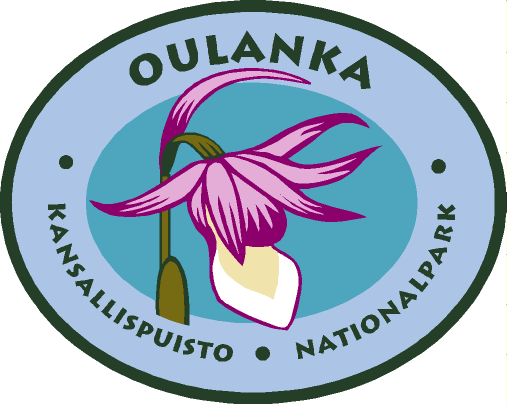Case Study
Managing tourism demand, socio-economic benefits and sustainability in Oulanka National Park
Contact name
Veikko Virkkunen
Institution name
Metsähallitus Parks & Wildlife Finland
Region & country
Kuusamo region, Finland
Summary
High visitor pressure, uncontrolled visitor growth and undesired visitor behavior are the main tourism-related management challenges in Oulanka National Park. Solutions to the challenges have been developed together with the regional tourism stakeholders and partners, utilizing a mixed method project approach and EU funding. ‘Land of National Parks’ is a new marketing concept in the surrounding tourism region that helps the park administration in distributing visitor demand to alternative trails and natural attractions, while it supports the tourism sector in sustainable tourism growth.

Oulanka National Park
Marku Sirkka
Background of the project
Oulanka National Park has a history of high tourism demand and diverse supply of visitor services. There has been a steady long-term growth in tourist numbers in the region. Main tourism-related threats in the Oulanka have been identified as:
– Visitation in the park outside designated trails, threatening sensitive and endangered species by means of trampling and disturbance
– Uncontrolled growth of visitor demand, causing degradation of vegetation, soil erosion and wildlife disturbance
Several goals to manage the tourism-related threats were identified:
– Trails and services for recreation in the park are high-quality and diverse, and structures are functional, safe and durable.
– Visitor service concepts of the park and visitor communications are appropriate, recent and serve various visitor segments
– Nature tourism in the park is profitable and offered in accordance to the principles of sustainable tourism
Solution and actions taken
Main solutions defined were:
– Promoting other natural attractions and protected areas of the region for tourists as alternatives to Oulanka National Park
– Channeling visitation to areas that are less susceptible to degradation
– Monitoring trail development and implementing necessary trail reinforcements
– Monitoring use of the trails in the park actively
– Developing visitor communications to address needs of different visitor segments, utilizing social media and other new channels
The key challenge was to distribute the visitor demand of Oulanka National Park to alternative trails and sights that the tourism region could offer. A marketing concept ‘Land of National Parks’ emerged in process of creating a tourism strategy for the region.
The idea of the concept is to promote five national parks and other attractions in the region, instead of focusing on Oulanka National Park. Two consecutive EU-funded development projects since 2016 implement the concept with mixed methods.
Other institutions or parties involved
The tourism sector and municipalities of the Kuusamo region are the main beneficiaries of tourism, so therefore the local tourism associations, tourism businesses of the area, city officials and a public development company were the main partners involved.
Key to success has been active dialogue and co-operation between park administration, private and public sectors of tourism.
Results
The tourism development project “Gateway to Land of National Parks” is currently being implemented with partners from tourism sector, further implementing actions to ensure sustainability of tourism in Oulanka National Park as well as other parks in the region.
A new management challenge has also emerged: as a byproduct of nature photography, people are keen to visit scenic but sensitive places in the park where visitation is undesired or even restricted. The effects of the coronavirus remain to be seen.
Challenges
While the marketing concept ‘Land of National Parks’ has helped in distributing the visitor demand “in space and time”, it is a constant struggle to successfully promote the alternative trails and sights. Increasing visitor numbers have resulted in new types of visitors lacking appreciation or understanding of rules in the park. The park has also attracted foreign tourism operators that have proved challenging to approach and negotiate with.
Lessons learned
Good trust, understanding and co-operation achieved through active dialogue and involvement of the tourism industry as well as other tourism parties is necessary to overcome challenges caused by high tourism demand in the park.
A mixed methods approach is needed that involves partners of the park. Implementation of the actions can effectively utilize EU-funding and a co-operation project approach.
Other resources
Contact name
Veikko Virkkunen
Institution name
Metsähallitus Parks & Wildlife Finland
Website(s)
